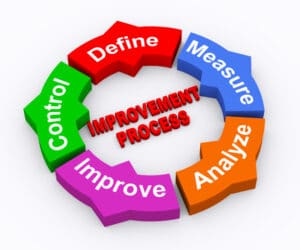Back in January we took a look at key metrics to use as benchmarks. For the following ten months we made process adjustments – things that if done intentionally should change the way you view your business. These metrics included:

- EBITDA
- Gross Profit
- Gross Profit by Customer
- Gross Profit by Department (profit center)
- Gross Profit by Job Type
- Gross Profit by Product Type
Now that we’ve been at this for a year, time to take another look and compare numbers. One huge caveat for 2020: what affect did COVID-19 have?
Once again, how easy is it to collect the information? How long does it take?
We brought this up early in the process to get you to start thinking in a certain direction – identifying strengths (profitable operations) – so you can focus your resources in those areas.
One of the first things we did was tackle data clean up to reduce digital clutter and give you greater confidence in the information you have. Data scrubbing should be a regular part of your business operations, and if done regularly, the task should never be too daunting.

We dialed in on your customers to ensure you deliver what they really want and even exceed expectations in some areas. If you went through the benchmarking exercise, you have Gross Profit by Customer as one of your metrics. I.e., you know which customers are your most and least profitable. Taking into account the lessons of Step 10, ensure you factor in the amount of effort (number of jobs, number of total hours, number of billable hours, etc.) you invest in those jobs. So, the question really becomes, which customers are the most valuable for every hour of effort you expend on their jobs.
NOTE: This is not simply the customer that provides the most revenue, but the ones that provide the most revenue for every hour invested in their jobs. (Contact us for a more in-depth explanation.)
By identifying and eliminating wasted time, you’ve opened new capacity to fill with additional work from your most profitable customers, possibly even offering them new services.
Another early recommendation we made was keeping a journal. If you did, look back your list of weaknesses you identified at the onset. What are your thoughts about each item now? Have any of the weaknesses been reduced or eliminated. Document the progress and jot down any ideas for new improvements.
After looking at ways to standardize work and improve inventory control, we homed in on profitability and making every hour count on the types of jobs that matter most. Once processes are under control, evaluate them. Locate the most recent new bottleneck, eliminate it, open more capacity, and fill new capacity with the most profitable job types and customers,
Continual improvement is a never-ending cycle of review, revise, and repeat.
